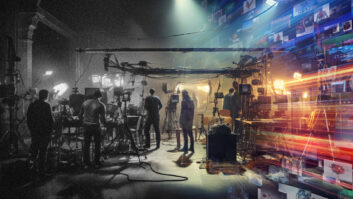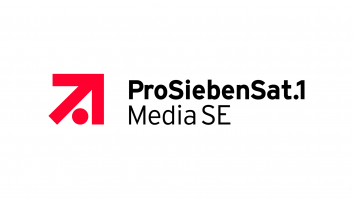The Accelerator Media Innovation Programme at IBC2024 is shining light on multiple areas of innovation within the media tech industry, from digital replicas to the fight against disinformation, energy-conserving optimisation and the evolution of the control room.
The Digital Replicas and Talent ID proof of concept aims to address issues tied to AI-generated content, virtual world representation, and talent provenance. Companies taking part include The Scan Truck, a 3D scanning company that works with A-list talent to capture their digital likeness.
“Entertainment and many other industries are about to go through a revolutionary change and what we do today will have a profound effect on who benefits from these changes,” says Jiggs Love, CEO of The Scan Truck.
“Digital twins and avatars are going to become prevalent in every aspect of our lives, from customer service to personalised entertainment. We need people to see that behind every digital twin is a real person. We also wanted to show people the process of 3D scanning and how fast it can be for them.”
AI is also a big part of the discussion around disinformation, particularly in terms of how images are created. The Design Your Weapons in the Fight Against Discrimination project was proposed by the BBC and Paramount Global/CBS News. It aims to develop an industry-wide understanding of the challenges faced by all media outlets as they identify disinformation.
REGISTER NOW FOR IBC2024
One of the project’s key aims is to protect rights holders, including talent and producers, as well as enable checking for digital media modification, manipulation and misuse.
“To do this, we are introducing Videntifier’s visual identification technology to the media tech world,” explains Ari Jónsson, COO Videntifier Technologies. “This technology is able to instantly recognise any previously seen visual content, even when modified, embedded or obfuscated. This is a critical capability for our new world of digital replicas, AI-generated content, fake news, and stolen content.
“The same technology can also be used to verify authenticity of news media and to detect changes made to it. In fact, the technology has been used for years in other sectors, but it is high time we bring it to the media technology world.”
Jónsson adds that while there is no single solution that solves all the issues arising from modern digital technology, whether that be copyright theft, content faking or AI-generated material, having the ability to visually recognise digital content in any given context and form is an important component.
Evolution of the Control Room will demonstrate how a modular and cross-compatible TV graphics system is achievable, says Ivan Maretić, head of Loopic, one of the companies taking part in the project.
“Our PoC shows that the same graphics can be built using various tools and utilised by different system components across environments, such as for live productions or non-linear editing, leading to significant resource savings for production companies.’
The aim of the HTML graphics project sub-group is to change how TV graphic systems work by introducing modular and interchangeable graphics workflows. “Technology has advanced so much that rendering itself is not an issue anymore,” states Maretić. “Still, cross-platform communications remain a challenge, and we think solving this problem is key to developing the next generation of graphics.”
Full details of all the IBC Accelerator Projects are available here.







